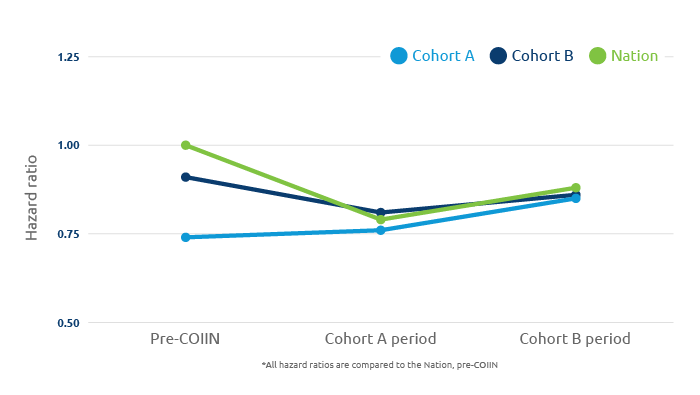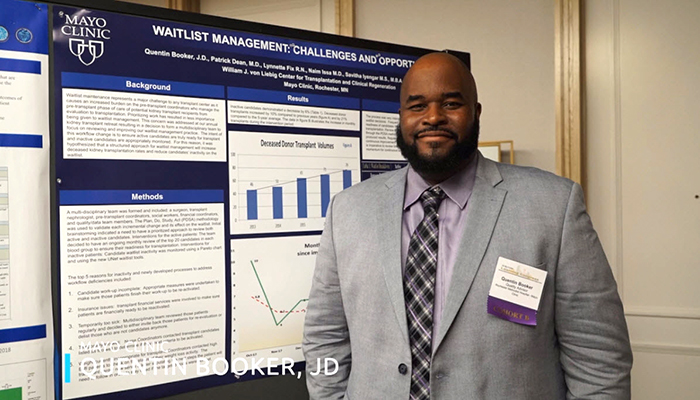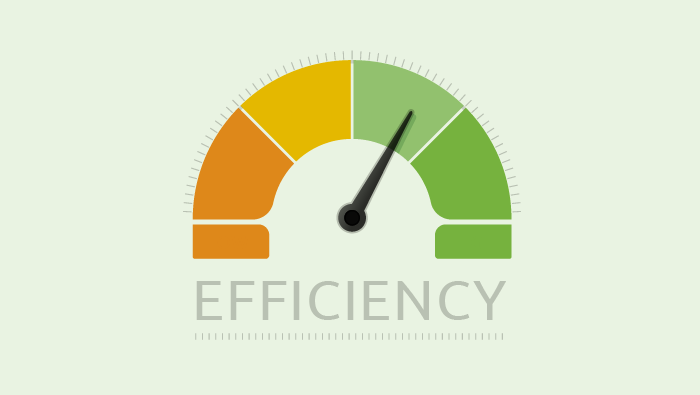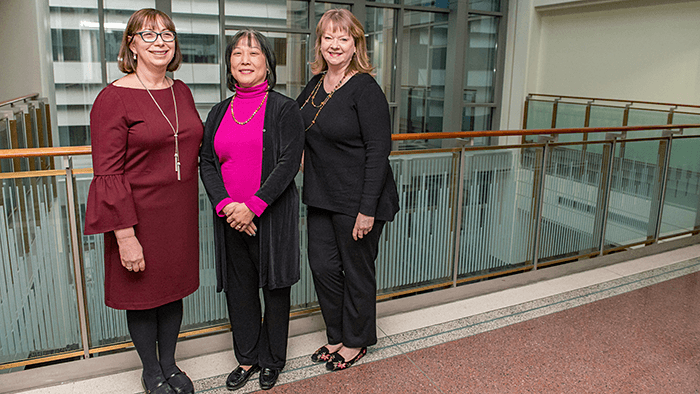
IMPROVEMENT
Improving patient readiness in the kidney waitlist
How Thomas Jefferson University Hospital reduced its inactive kidney waitlist by 17 percent
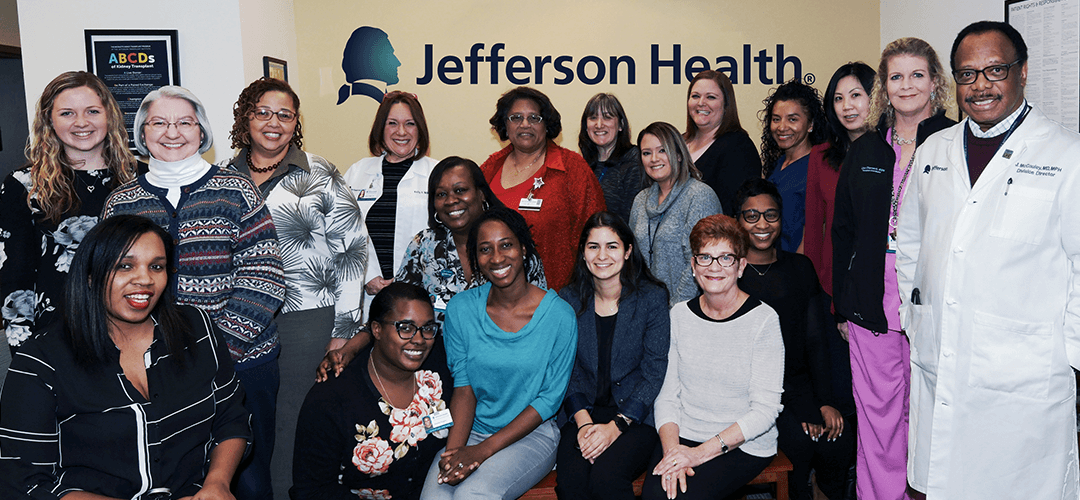
The transplant team at Thomas Jefferson University Hospital
Collaborating to improve patient readiness and increase transplant
Thomas Jefferson University Hospital is a veteran of kidney transplantation, with a program that has served the Philadelphia region for more than 40 years. When the team prepared to take part in the COIIN project, almost 50 percent of its kidney waitlist was categorized as Inactive (patients not ready to be transplanted immediately). Inactive candidates have both an increased waiting time and a lower rate of organ transplantation, so these patients experience increased risk.
During the collaborative, the Thomas Jefferson team created a multidisciplinary subcommittee that included physicians, surgeons, coordinators, administrators, social workers and dieticians. This group reviewed their inactive kidney waitlist, focusing on the most common reason for inactivity—patient weight and BMI.
A systematic approach was created to address inactivity for patients with a BMI > 35. Revisions were made to the BMI policy, weight management programs were developed, and candidates with BMI > 38 underwent additional evaluation and assessment. The COIIN participation was an opportunity for the Thomas Jefferson waitlist nurse coordinators to clearly define agreed-upon goals and milestones with a patient, and then follow up and enforce those goals. By giving them targets for reactivation, Inactive patients felt empowered to work toward the goal of being moved to Active status.
As a result of this emphasis on change, Thomas Jefferson reactivated 34 patients on their waitlist during the 9-month COIIN period, and saw the inactive percentage of their waitlist drop from 47 percent to just under 30 percent in 1.5 years.
The PDSA/Plan-Do-Study-Act methodology of the COIIN helped bring structure to a number of initiatives and projects that were already under consideration but not yet acted upon, says Kristi Caldararo, Associate Administrator of Clinical Services at Thomas Jefferson. “It allowed us to try something and quickly course-correct if it was not working out. Changes happened quickly and we saw results fast.”
Read more about increasing the use of high KDPI kidneys through collaborative improvement.
The Collaborative Innovation and Improvement Network (COIIN) was directed by the Health Resources and Services Administration (HRSA) for the Organ Procurement and Transplantation Network (OPTN).
More about COIIN results
- FEATURE: Three-year collaborative improvement project drives results
- Memorial Hermann-Texas Medical Center in Houston lowered average time from referral to listing
- VIDEO: Mayo Clinic’s Quentin Booker on best practices and achieving common goals through collaborative improvement
- Saint Barnabas Medical Center decreases median time by average of 33 days during COIIN
- VIDEO: University of Chicago Medical Center achieved a shorter, more active waitlist


